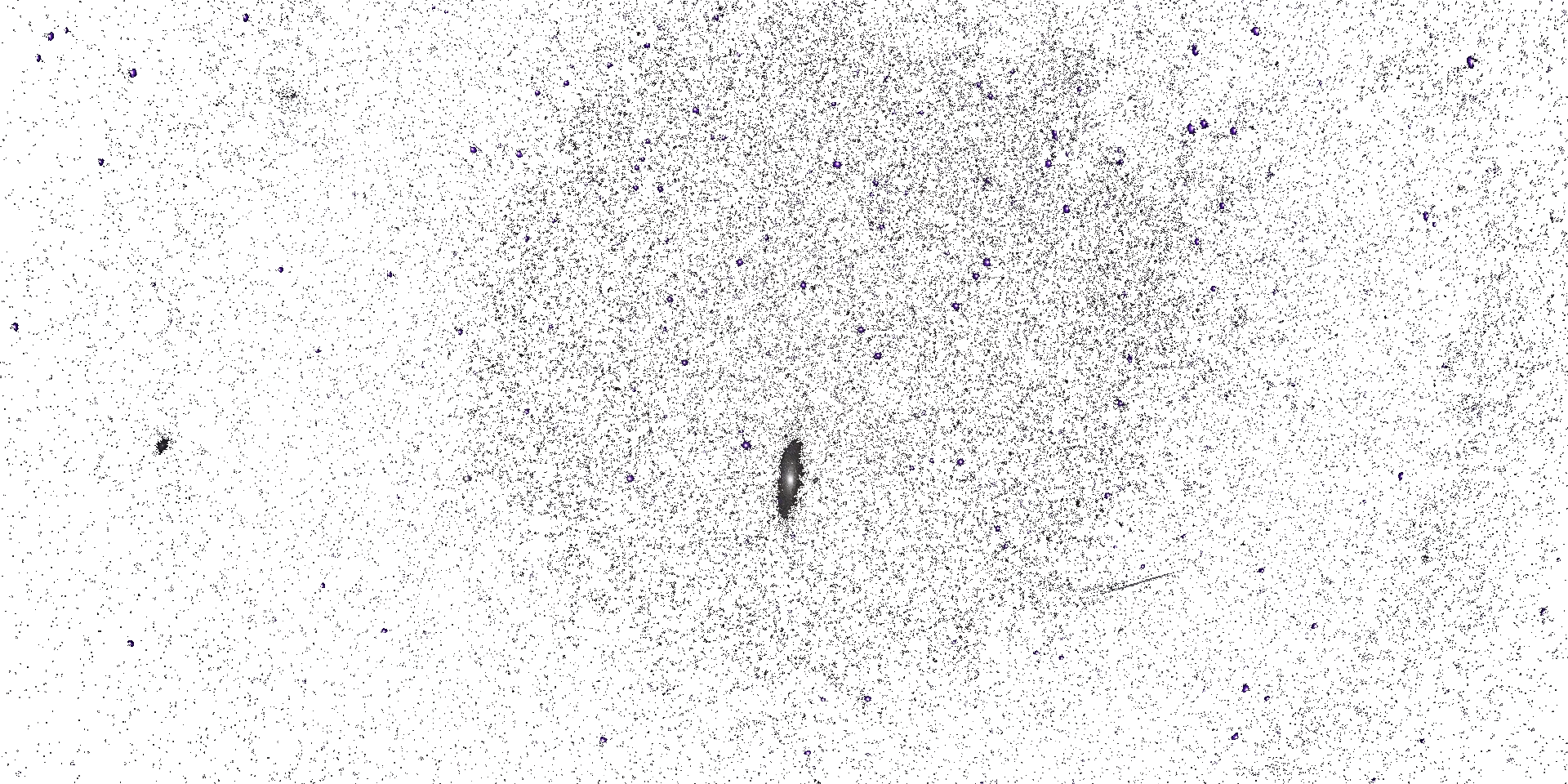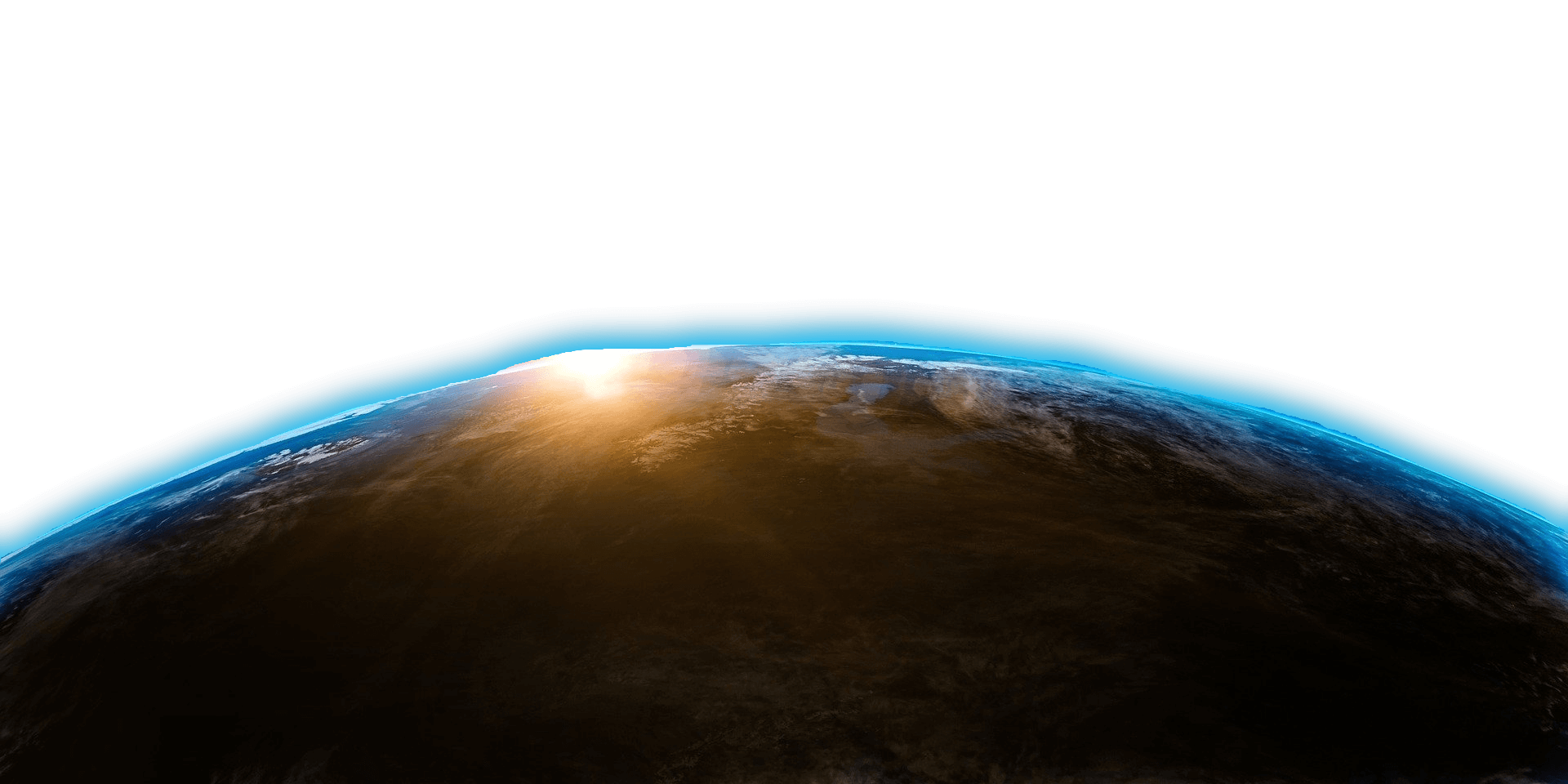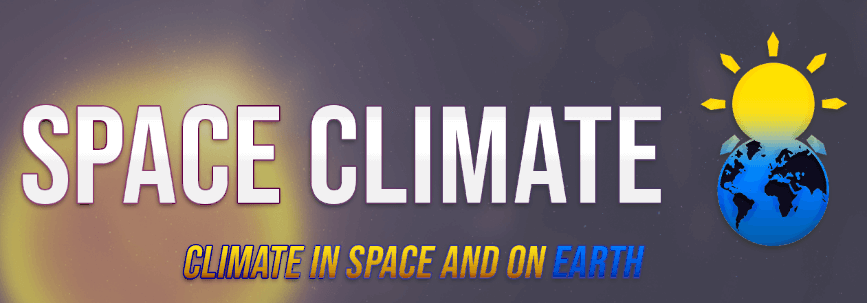




Space Climate 8 Meeting Abstract
Impact of chlorine ion-chemistry on ozone loss during very large solar proton events
Monali Borthakur (Karlsruhe Institute of Technology)
Thomas Reddmann (1), Miriam Sinnhuber (1), Thomas von Clarmann (1), Gabriele Stiller (1), Ilya Usoskin (2)
1. Karlsruhe Institute of Technology, Karlsruhe, Germany
2. University of Oulu, Oulu, Finland
Strong eruptions on the Sun can accelerate charged particles, mostly protons to high energies, causing solar proton events (SPEs) when they hit Earth. Such energetic particles can precipitate upon the Earth’s atmosphere, mostly in polar regions because of the geomagnetic shielding. The strength of such precipitation span over many orders of magnitude, with the strongest ones having a dramatic impact on the ionosphere and the middle atmosphere. SPE induced chlorine activation that affects stratospheric ozone in the polar northern atmosphere have been investigated using a 1D stacked-box model, of atmospheric ion and neutral composition, EXOTIC.
Two SPEs were used as test fields: the Halloween SPE late October 2003, a well-known large event, and an extreme event of 775 AD, which is presumably once in a 1000 year event, that was derived from historical records of cosmogenic nuclides. We also used data from Michelson Interferometer for Passive Atmospheric Sounder (MIPAS) on ENVISAT for the retrieval of high-quality observations of certain chlorine species, e.g., HCl, ClO and HOCl.
Model experiments were carried out with full ion chemistry as well as with a common parameterization considering the formation of HOx and NOx only for the region of Apatity (67.57° N, 33.39° E).
The influence of SPEs on the chlorine family is indirect and it occurs via the increase of HOx and NOx as well as due to uptake of HCl into negative ions. Chlorine activation was seen in the upper stratosphere and mesosphere due to the formation of HOx as well as due to uptake of HCl into negative ions. HCl decrease occurred between altitudes 20-80 km and HOCl was found to be the main active chlorine species during night time with an increase upto 1 ppbv at an altitude of 40 km. ClO increase of 0.4-0.6 ppbv was also observed in the stratosphere and lower mesosphere.
An additional ozone destruction due to the chlorine catalytic cycles was observed as well in the upper stratosphere and lower mesosphere, where SPE-induced changes of chlorine species are expected. They can contribute to the short-term ozone depletion occurring after a SPE, which is principally caused by enhanced NOx and HOx. For the parametrized model runs, ozone depletion was observed to be the most, when both NOx and HOx parametrizations were applied. And if compared individually, the ozone loss was observed to be more for the model run with HOx parametrised formation rates. The results for the Halloween solar storm episode in late October 2003 were then compared to the measurements with MIPAS on ENVISAT.
Mode of presentation: poster (Need to be confirmed by the SOC)
